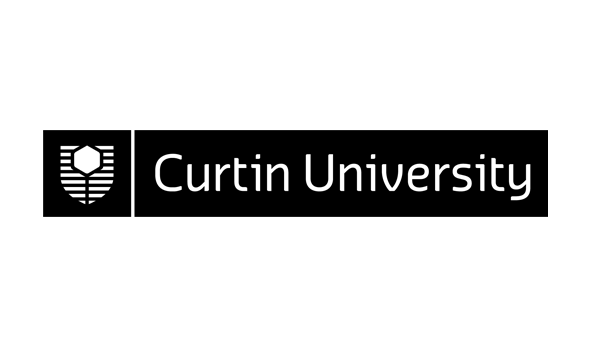312618 (v.1) MT563 Petrophysics Phase II Formation Properties
| Area: | Department of Petroleum Engineering |
|---|---|
| Credits: | 25.0 |
| Contact Hours: | 40.0 |
| ** The tuition pattern below provides details of the types of classes and their duration. This is to be used as a guide only. For more precise information please check your unit outline. ** | |
| Lecture: | 2 x 1 Hours Weekly |
| Other: | 5 x 10 Hours Weekly |
| Workshop: | 2 x 20 Hours Weekly |
| Syllabus: | Develop a petrophysical fiels review plan (PPFRP). Petrophysical interpretation workflow for generating input into static and dynamic reservoir models starting from log and core data. Petrophysical log evaluation using Techlog where core data is not yet available. Apply a range of shaly sand and carbonate interpretation models using Techlog. Coring acquisition requirements for routine and special core analysis programs. Understand the Value of Information (VOI) concept, and quantify uncertainty at every stage of the petrophysical analysis. Describe the most common routine and special core analysis techniques, and their associated issues and QC procedures. Carry out saturation - height and permeability modelling. Describe how upscaled evaluation results for inclusion in static and dynamic reservoir models are generated. |
| ** To ensure that the most up-to-date information about unit references, texts and outcomes appears, they will be provided in your unit outline prior to commencement. ** | |
| Field of Education: | 030301 Chemical Engineering |
| SOLT (Online) Definitions*: | Not Online *Extent to which this unit or thesis utilises online information |
| Result Type: | Grade/Mark |
Availability
| Year | Location | Period | Internal | Partially Online Internal | Area External | Central External | Fully Online |
|---|---|---|---|---|---|---|---|
| 2010 | Shell Learning Centre | Study Period 4 | Y |
Area External refers to external course/units run by the School or Department or offered by research.
Central External refers to external and online course/units run through the Curtin Bentley-based Distance Education Area
Partially Online Internal refers to some (a portion of) learning provided by interacting with or downloading pre-packaged material from the Internet but with regular and ongoing participation with a face-to-face component retained. Excludes partially online internal course/units run through the Curtin Bentley-based Distance Education Area which remain Central External
Fully Online refers to the main (larger portion of) mode of learning provided via Internet interaction (including the downloading of pre-packaged material on the Internet). Excludes online course/units run through the Curtin Bentley-based Distance Education Area which remain Central External

